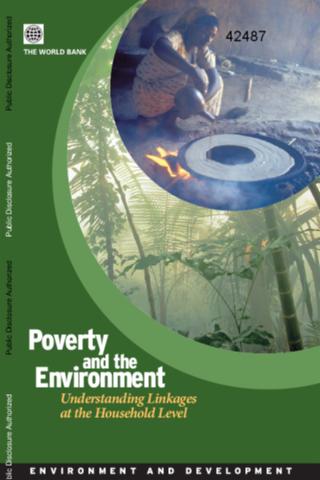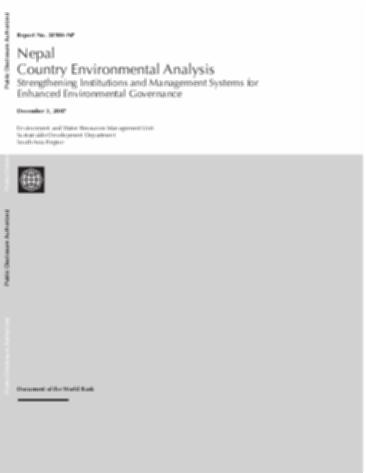Water, Adaptation, and Property Rights on the Snake and Klamath Rivers
Water demand in a viable economy tends to be dynamic: it changes over time in response to growth, drought, and social policy. Institutional capacity to re-allocate water between users and uses under stress from multiple sources is a key concern. Climate change threatens to add to those stresses in snowmelt systems by changing the timing of runoff and possibly increasing the severity and duration of drought. This article examines Snake and Klamath River institutions for their ability to resolve conflict induced by demand growth, drought, and environmental constraints on water use.




